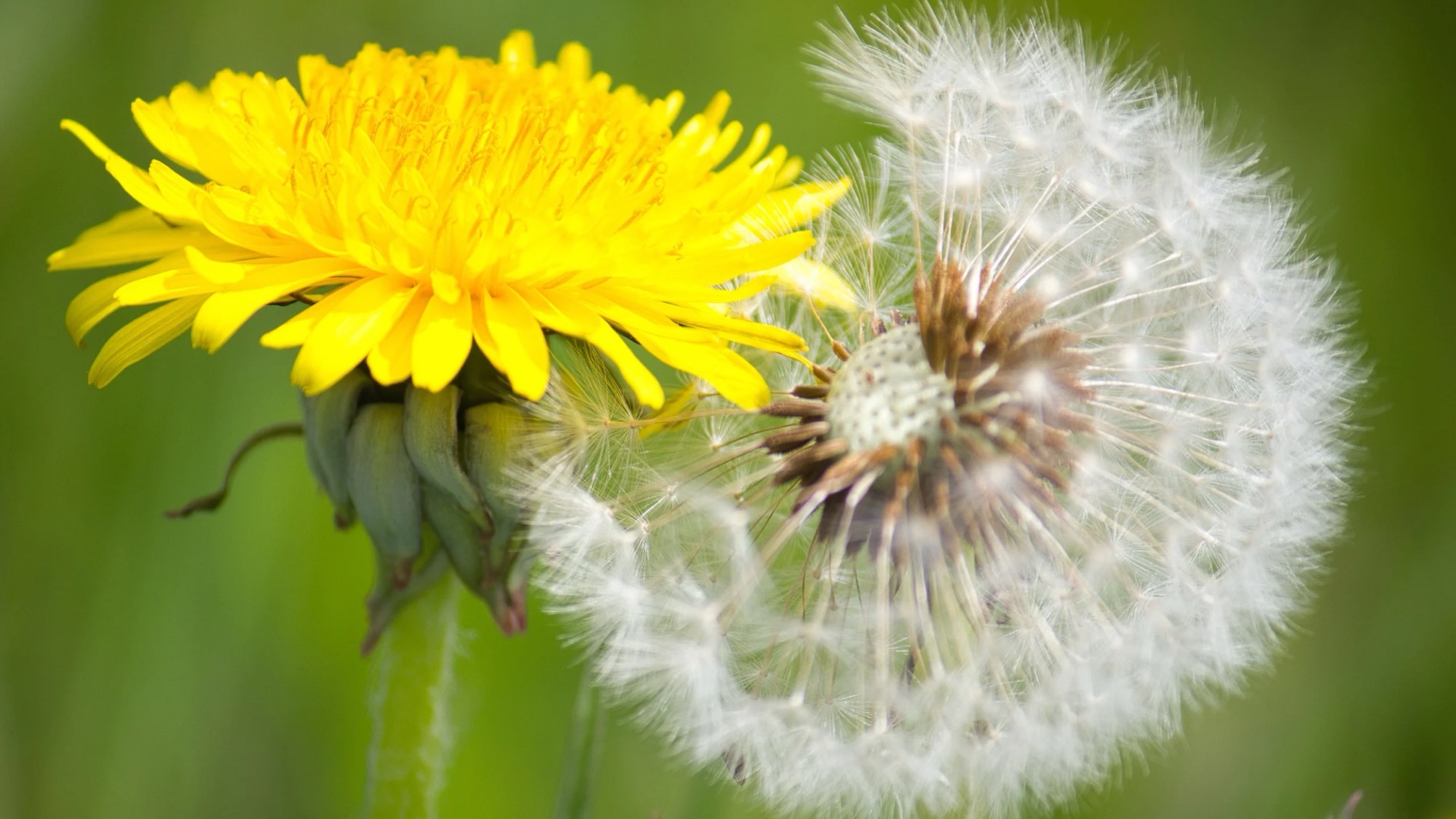Marsh Marigold (Caltha palustris) is a stunning native perennial that thrives in wetland areas, such as marshes, stream banks, and pond edges. With its bright yellow flowers and glossy green foliage, Marsh Marigold adds a vibrant touch to water gardens and natural landscapes. This comprehensive guide provides valuable information on Marsh Marigold’s characteristics, growing requirements, care tips, and interesting facts.
History and Characteristics
- Marsh Marigold is native to various regions of North America, including Ohio, where it is commonly found in wet habitats.
- It belongs to the Ranunculaceae family and is known for its showy, buttercup-like yellow flowers.
- The flowers have numerous bright yellow petals that surround a prominent cluster of yellow stamens, creating a cheerful display.
- The glossy green leaves are heart-shaped or rounded, adding visual interest even when the plant is not in bloom.
- Marsh Marigold is a clump-forming perennial that typically reaches a height of 1 to 2 feet (30 to 60 cm) and spreads about 1 to 2 feet (30 to 60 cm) wide.
Growing Requirements
- Light: Marsh Marigold thrives in full sun to partial shade. While it can tolerate some shade, it generally produces more blooms in sunnier locations.
- Soil: It prefers consistently moist to wet soil that is rich in organic matter. Ideal soil pH ranges from slightly acidic to neutral.
- Watering: Maintain consistently moist soil, as Marsh Marigold is adapted to wetland environments. Regular watering may be necessary during dry periods.
- Temperature and Hardiness: Marsh Marigold is hardy in USDA zones 3 to 7, making it well-suited for the climate of Ohio.
- Planting: Spring is the ideal time to plant. Dig a hole slightly larger than the root ball and position the plant, ensuring the crown is level with the soil surface. Space multiple plants about 1 to 2 feet apart.
- Mulching: Apply a layer of organic mulch around the base of the plant to help retain moisture and suppress weed growth. Avoid mulching directly against the stems.
Care and Maintenance
- Regularly monitor soil moisture levels to ensure adequate moisture for Marsh Marigold’s growth. Provide supplemental watering during dry spells.
- Deadhead spent flowers to encourage prolonged blooming and maintain a tidy appearance.
- In late fall or early spring, remove any dead or damaged foliage to promote healthy growth.
- Dividing Marsh Marigold every 2 to 3 years helps rejuvenate the plant and prevent overcrowding. Perform division in early spring before new growth appears.
- Monitor for pests and diseases, such as slugs or leaf spot, and take appropriate measures to address any issues promptly.
- Avoid over-fertilization, as Marsh Marigold generally thrives in nutrient-rich soil and may not require additional feeding.
Interesting Facts
- Marsh Marigold is not related to true marigolds (genus Tagetes), but its vibrant yellow flowers resemble them.
- Native American tribes traditionally used various parts of the plant for medicinal purposes.
- Marsh Marigold is an excellent choice for rain gardens, pond edges, and other wetland or water garden settings.
- It attracts pollinators such as bees and butterflies, adding life and movement to the garden.
With its cheerful yellow flowers and adaptability to wetland environments, Marsh Marigold brings a splash of color and beauty to Ohio gardens. By following the growing requirements and care tips outlined in this guide, you can successfully cultivate this native perennial and enjoy its vibrant blooms year after year.
Let us know if you need help adding to or starting your garden.
Stay connected with Colin Can Help:
🌐 For Services: www.colincanhelp.com
Facebook: Colin Can Help on Facebook
Instagram: @colincanhelp
TikTok: @colincanhelp
YouTube: Colin Can Help on YouTube
LinkedIn: Colin Can Help on LinkedIn
Twitter/X: @colincanhelp
Threads: @colincanhelp




